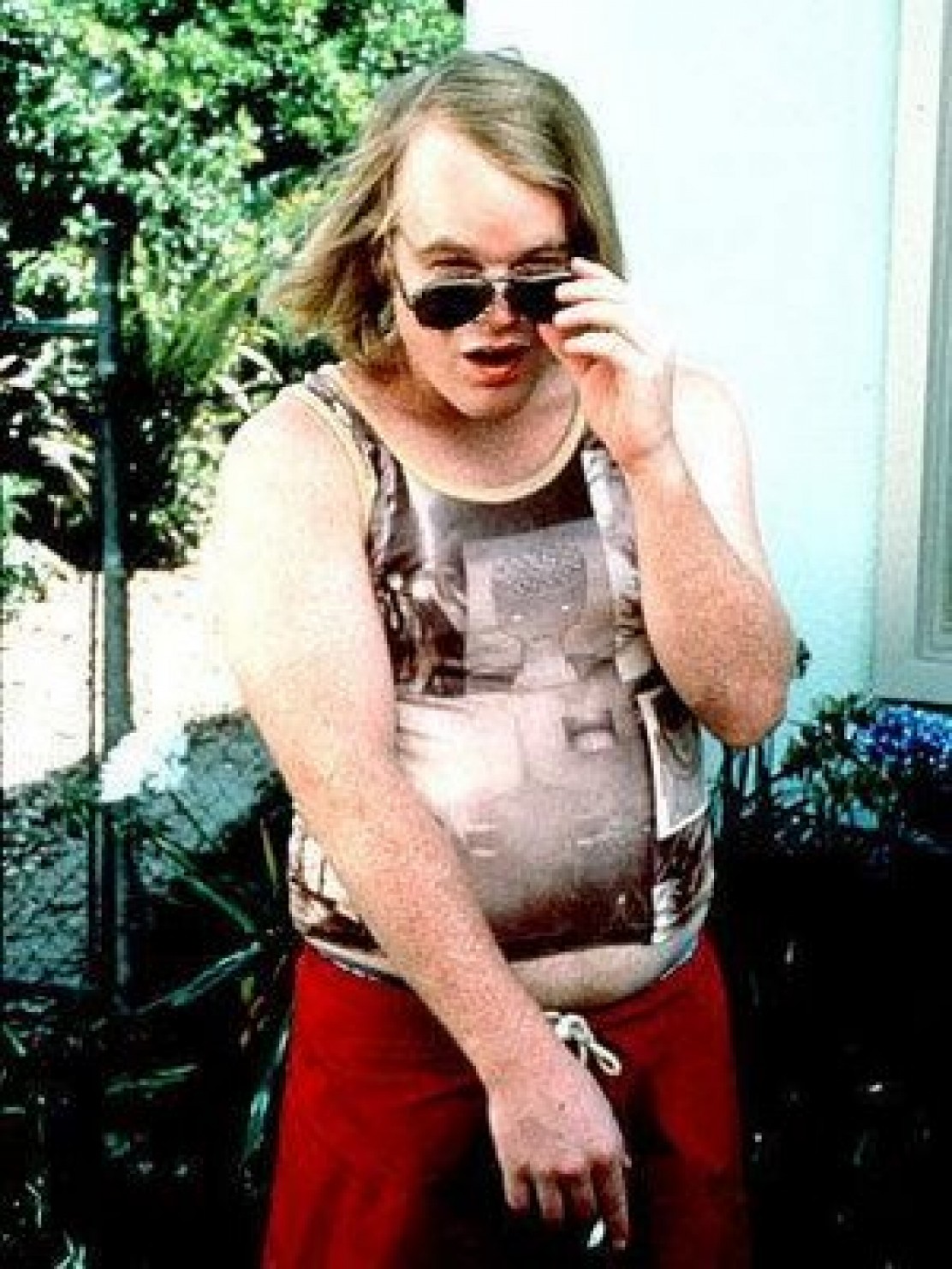Another World has been a rollercoaster ride. Not quite as exciting as a rollercoaster, just in the sense that it’s had its ups and downs. I think Stayci is incredibly intelligent and helpful and precise, and I think that listening to her talk is very helpful, but I’m not sure if the structure of the studio suited me particularly well personally. Luckily, I found the subject matter interesting enough to be able to participate and enjoy as much as I did.
I think that being taught more directly in a less discussion based environment is better for me to learn, but in saying that, I gained plenty of invaluable information from our class chats. I think something that makes a big difference is my assumptions going into a course, and with studios I seem to always forget how practical they are.
Something valuable, albeit specific, I took away from this semester is the value of location. Since we focused on world, and world is most clearly represented by the setting inhabited by characters, I began to think more about its importance, and explored that very topic in my own world for Project Brief 4. I was having some issues developing fluent ideas that made sense to me, but when I thought about the significance of location to the ideas I was having, I had a brainwave that almost singlehandedly saved this assignment for me.
Because I already had a fairly distinct idea of where my world existed, and the real life location I wanted to investigate for shooting at, I decided to go to the forest myself and trek through it. Seeing things there such as fallen down trees presented with me ideas native to the location I already had in mind, so they worked their way into my world organically.
While this is a fairly specific anecdote to my Project Brief 4, I think it’s representative of the way I’ve come to understand the world in general. Analysing the way that professionals, peers, and myself treat worlds in screenwriting has, by the end of the semester, granted me with the view that the world a story takes place in is arguably more important than the story itself, because the world governs and engenders the stories which can only exist within it.


